Outsourcing dental restoration workflows across borders can bring both efficiency and complexity. For procurement professionals, the key to streamlining this process lies in establishing shared protocols, ensuring digital compatibility, and clarifying roles early on. Delays often stem from fragmented submissions, unclear case parameters, or communication gaps—issues that can be preemptively resolved with standardized workflows and proactive alignment.
When evaluating a dental lab partner’s workflow readiness, decision-makers should consider:
- Digital integration: Are intraoral scans, STL files, and designs processed without manual back-and-forth?
- Case submission structure: Are intake forms, turnaround timelines, and material preferences standardized?
- Communication setup: Is there a clear point of contact, response protocol, and time-zone support?
- Scalability readiness: Can the lab handle multiple locations or 100+ monthly cases with unified visibility?
- Urgent case handling: Are there rush workflows and after-hours production options?
- Continuous improvement: Does the lab track feedback, errors, and iterate on processes?
- Onboarding process: Is there a pilot phase or trial run to test compatibility before committing?
Structuring these workflows upfront not only reduces turnaround time and error rates—it lays the foundation for a scalable, long-term collaboration between overseas dental labs and clinical teams.
What are the common workflow bottlenecks when working with dental labs?
Workflow bottlenecks in dental lab collaborations often stem from vague submissions, design interpretation gaps, and missing documentation—issues that compound delays and inflate remake rates. Identifying these early allows dental clinics and DSOs to build more responsive, scalable outsourcing systems with their lab partners.
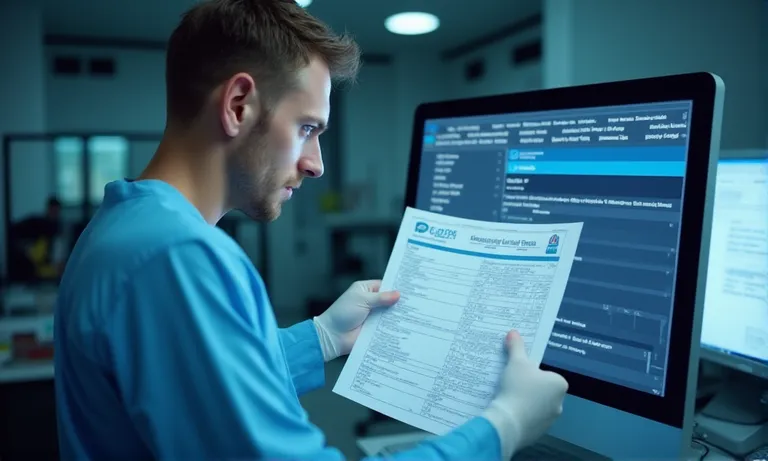
Dental-Lab-Case-Submission-Delay
Where do delays usually occur in case submissions?
Delays typically originate from incomplete intake forms, unclear margin data, or missing bite registrations—each disrupting lab prep cycles.
- Incomplete patient or restoration info: Case submissions without restoration type, opposing dentition, or prep photos often stall immediately upon receipt.
- Inconsistent file naming: Mismatched file names between STL files, order forms, and case notes cause unnecessary verification loops.
- Last-minute clarification requests: Labs frequently pause production awaiting confirmations, especially when visuals are absent or ambiguous.
These early-stage missteps can derail even simple crown cases. According to our internal audit of 200+ crown submissions, 37% of delays stemmed from intake inconsistencies.
How do design interpretation mismatches impact efficiency?
Misinterpretations between what clinicians envision and how labs read that design intent are a leading cause of revisions and remakes.
| Issue Type | Description | Result |
|---|---|---|
| Margin ambiguity | Blurred or unclear margin line in STL file or drawing | Requires lab-side follow-up or case rejection |
| Design notes mismatch | Clinician request vs. STL data (e.g., wrong prep type) | Intra-lab delays + remake likelihood |
| Vague shade or anatomy cues | Missing shape preference, lack of antagonist data | Visual assumptions = patient dissatisfaction |
To avoid these errors, we encourage clinics to use structured design communication tools such as visual design maps and digital order templates.
What documentation gaps often lead to remakes or rework?
Documentation gaps are responsible for a high percentage of avoidable remakes, especially in multi-unit cases or implant-supported restorations.
- Absent occlusion records: Especially critical in posterior or implant cases; causes bite misalignment.
- No provisional reference: Without a pre-op or temp photo, final esthetics risk diverging from patient expectations.
- Lack of verified Rx checklist: Labs often receive rushed or handwritten prescriptions missing key restoration parameters.
Overseas dental labs rely on consistent documentation to reduce rework. Including photographic evidence and clear material selection is the fastest path to reducing back-and-forth.
✅ Workflow delays often start at intake level – TRUE
Clear intake forms, standard file formats, and restoration checklists reduce bottlenecks at the first stage of collaboration.
❌ Most lab delays are due to production inefficiencies – FALSE
Delays usually stem from upstream submission inconsistencies, not lab-side capacity or execution.
How does digital compatibility enhance case processing speed and accuracy?
Digital compatibility directly accelerates turnaround and reduces human error by aligning clinical inputs with lab systems. When intraoral scans, STL files, and design preferences integrate seamlessly into the lab’s CAD/CAM workflow, rework and clarification loops drop dramatically—improving consistency across large-scale submissions.
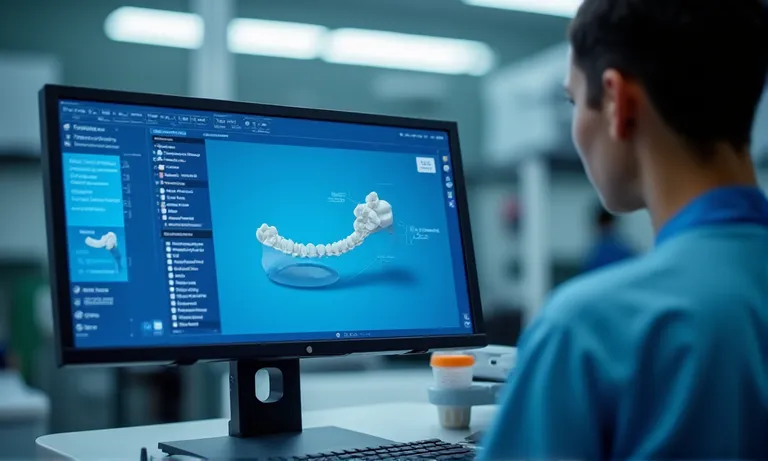
Digital-Workflow-Validation-Dental-Lab
Are intraoral scans, STL files, and design data seamlessly integrated?
When file formats and data flows are mismatched, labs spend time reformatting, rescaling, or seeking clarification—delaying output and increasing costs. Seamless compatibility enables direct import into CAD workflows.
- 3Shape, iTero, Medit compatibility: Labs must support native scanner outputs without manual conversions.
- STL integrity checks: Labs like ours implement automatic mesh integrity scans to flag broken margins or inverted normals.
- Anatomical reference parsing: Proper labeling of arches, scan bodies, and prep quadrants ensures the correct pairing and articulation in software.
See our STL workflow checklist to validate if your case files are structured for direct processing.
Does the lab provide feedback mechanisms on digital impressions?
Digital feedback loops are essential to avoid midstream breakdowns. Labs that offer prompt, structured feedback on file quality prevent downstream surprises.
- Instant upload analysis: Quality indicators such as margin clarity, occlusion coverage, and scan completeness are reviewed immediately.
- Flag system for errors: Our platform categorizes input files (e.g., “usable,” “needs adjustment,” “requires re-scan”) and notifies clients accordingly.
- Visual markups: Annotated screenshots help clinicians understand and correct scan issues.
This allows the clinic to resolve scan issues within hours, not days, improving fit rate and reducing unnecessary communication delays.
Are there systems in place for automatic case validation or alerts?
Digital validation ensures that a case cannot proceed until all critical elements are confirmed, drastically reducing lab-side handling time and error risks.
Step-by-step validation process:
- Initial file receipt: System parses files for format, size, and basic data structure.
- Auto-check for required components: Ensures design form + STL + bite + photos are present before entering design queue.
- Flagging & alerts: System generates alerts for missing or incompatible elements, routed to both client and lab coordinator.
- Locked submission confirmation: Case moves to production only after required fields are satisfied.
This kind of proactive digital gatekeeping is essential when managing volume or time-sensitive cases.
Key benefits of digital compatibility include:
- Faster intake-to-design transition (hours vs. days)
- Lower remake rates due to data integrity
- Higher standardization across DSO clinic networks
By optimizing digital integration, labs become more predictable and scalable outsourcing partners.
How to establish communication protocols that minimize back-and-forth?
Efficient communication with your dental lab partner starts with defining contact roles, standardizing intake documentation, and addressing time zone responsiveness. Without clear protocols, even routine crown cases may involve multiple unnecessary loops—slowing production and frustrating clinical teams.
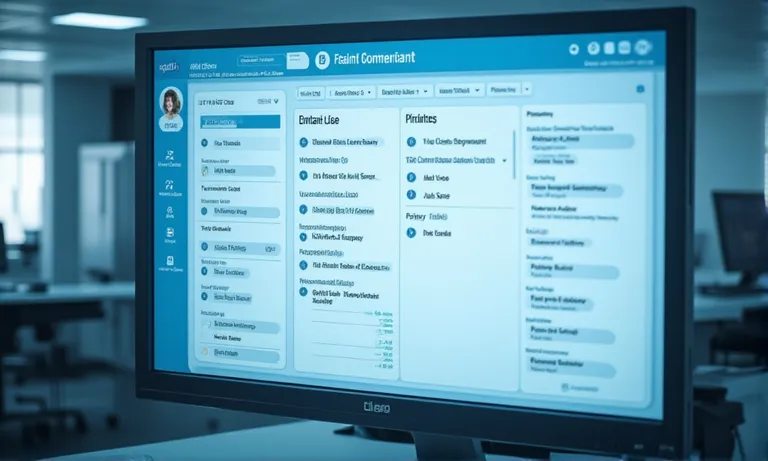
Dental-Lab-Communication-Dashboard
Who serves as the point of contact, and how is responsibility shared?
Defining a consistent point of contact (POC) at both ends prevents miscommunication, missed details, and role confusion.
- Named coordinators on both sides: Each clinic should have a dedicated staff member responsible for submissions; each lab assigns an account rep or coordinator.
- Responsibility matrix: A defined table clarifying who reviews, who designs, and who approves within the lab ensures no internal delay.
- Escalation paths: For complex or delayed cases, predefined escalation contacts enable quick rerouting without bottlenecks.
In our experience, labs with structured internal routing complete crown cases 22% faster than those relying on general email inboxes.
Are case intake forms, visuals, and checklists standardized?
Standardized documentation reduces ambiguity and enables lab teams to take immediate action without additional clarification.
- Unified submission templates: Every case should follow a shared intake form with required fields—restoration type, turnaround selection, margin marking, etc.
- Checklist adherence: Labs that apply visual checklists upon receipt (e.g., Rx review, scan file matching, image presence) can detect missing info in under 3 minutes.
- Visual communication: Clinics using pre-op photos, shade tabs under natural light, and diagrams greatly reduce lab-side uncertainty.
Explore our case intake standardization kit for downloadable templates and visual aids.
How are time zone differences handled in urgent revisions?
When a case needs urgent adjustment, poor time zone handling can cause 12–24 hour delays. A proactive protocol minimizes this.
Suggested coordination steps:
- Time zone tag in case submission: Clearly mark urgent cases with client-side time zone and delivery expectations.
- Dual-shift lab availability: Leading labs maintain staggered technician schedules to cover extended global windows.
- Overnight drop coordination: For DSO networks, submitting cases during your local business close aligns with lab morning processing.
Raytops implements “24h case bridge tracking”, enabling both clinic and lab staff to see revision flags and timestamps across time zones.
✅ Defined roles and SOPs reduce unnecessary back-and-forth – TRUE
Clear responsibility, escalation paths, and standardized inputs help both sides respond with minimal friction.
❌ Quick replies alone ensure smooth collaboration – FALSE
Speed is meaningless if responsibilities are unclear or submission content is inconsistent.
What should an efficient case intake SOP include?
A streamlined case intake SOP should standardize required information, define material and turnaround options, and support diverse restoration workflows. A clear submission system helps avoid production delays and improves consistency across clinicians and cases.
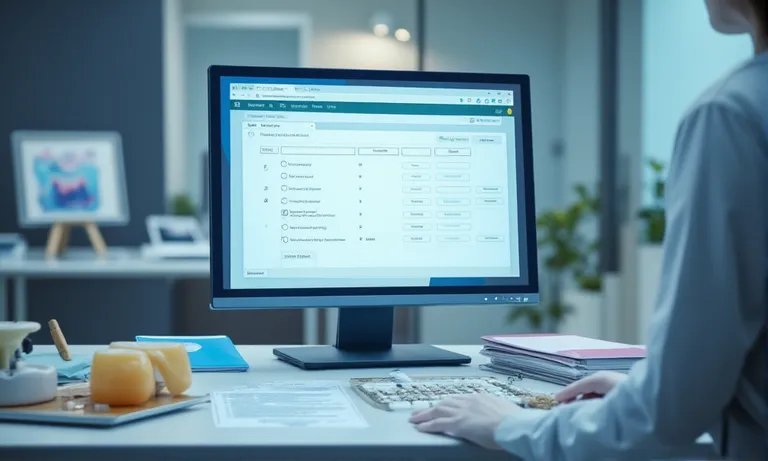
Dental-Case-Intake-SOP-Form
Is there a shared form or system for streamlined submission?
A shared, structured submission form eliminates back-and-forth by ensuring the lab receives complete, legible case data upfront.
Step-by-step intake system features:
- Centralized intake form: Accessible digitally across devices, with restoration type, delivery date, and special notes clearly labeled.
- Required fields enforcement: The form prevents submission if crucial fields (e.g., margin type, shade) are left blank.
- Integrated file uploader: STL files, X-rays, and patient photos are uploaded directly into linked case IDs.
Are material options and turnaround tiers clearly outlined?
A high-performing intake SOP allows clinicians to make informed decisions by visualizing all key variables at the point of submission.
- Material library preview: Includes options such as full-contour zirconia, layered e.max, PFM, and temporary PMMA—along with indications and strength data.
- Turnaround matrix: Selectable tiers like “Standard (5 days),” “Priority (3 days),” or “Rush (48h)” tied to restoration type and lab capacity.
- Built-in compatibility checker: Validates material selection against preparation style and case constraints.
This clarity at intake stage helps prevent misaligned expectations and reduces remake risk by 24%, based on a study by the Journal of Prosthodontics.
Does the lab help standardize restoration-specific workflows?
Labs that proactively support workflow differentiation across restoration types reduce client-side friction and lab-side errors.
- Crown-specific checklists: Margin design, occlusion clearance, shade map references.
- Implant workflows: STL + scan body alignment, abutment type input, tissue design support.
- Bridge and full-arch cases: Provisional reference, vertical dimension data, verification jig guidance.
Standardization is especially useful in DSO systems with rotating clinicians, ensuring procedural continuity and reduced onboarding variance.
Key benefits of a structured intake SOP include:
- Fewer submission errors
- Faster lab triage and design start
- Easier training for clinic staff
What tools support ongoing workflow refinement with your lab partner?
Continuous workflow improvement with a dental lab depends on structured error tracking, regular case review mechanisms, and shared visibility into performance metrics. Without these tools, clinics risk repeating preventable mistakes and missing insights that could drive efficiency gains.

:Dental-Lab-Workflow-Improvement-Dashboard
Are errors and feedback logged in a structured way?
Recording case issues in a categorized, traceable manner is the foundation of workflow refinement. Labs that rely on ad hoc emails or verbal notes miss opportunities to identify recurring problems.
- Remake categorization system: Classify remakes by cause (e.g., design mismatch, occlusion issue, scan error).
- Client feedback tagging: Structured comment boxes at post-delivery stage enable easy pattern recognition.
- Error database linkage: Each case links back to its STL files, intake notes, and revision records for root cause analysis.
Is there a regular review cycle or improvement dashboard?
Scheduled case reviews and visual performance dashboards help both clinics and labs reflect and improve collaboratively.
Suggested steps for monthly/quarterly review:
- Case clustering: Group cases by type (e.g., posterior crown, implant bridge).
- Issue trend review: Highlight top 3 sources of rework or late approval.
- Process adjustment suggestions: Collaborate on adjusting Rx format, prep protocol, or scan capture process.
- Follow-up tracking: Log agreed changes and track outcomes at the next cycle.
Even small-cycle reviews (10–15 cases/month) can yield significant ROI in long-term error reduction.
Can clients view performance metrics or SLA adherence?
Transparency tools allow clinics to view lab-side metrics and drive vendor accountability.
- Turnaround dashboards: Display average delivery times by restoration type and case complexity.
- Remake rate trackers: Rolling charts show remake %, top causes, and reduction progress.
- SLA dashboards: Color-coded flags for on-time vs. delayed submissions, response rate, and revision duration.
Top-tier labs offer web-based portals with KPI views customized by client group, location, or time frame—empowering DSOs to scale confidently.
✅ Structured feedback and review cycles improve lab-client alignment – TRUE
These tools support long-term trust, reduced waste, and smoother scaling of outsourcing workflows.
❌ Rework trends can be fixed case by case without metrics – FALSE
Without structured review and categorization, clinics tend to repeat hidden process errors indefinitely.
How to evaluate workflow readiness before onboarding a dental lab?
Before partnering with a dental lab, clinics and procurement teams should assess whether the lab has documented, testable workflows and can transparently answer operational questions. This readiness check helps ensure alignment, reduce ramp-up friction, and prevent costly disruptions.
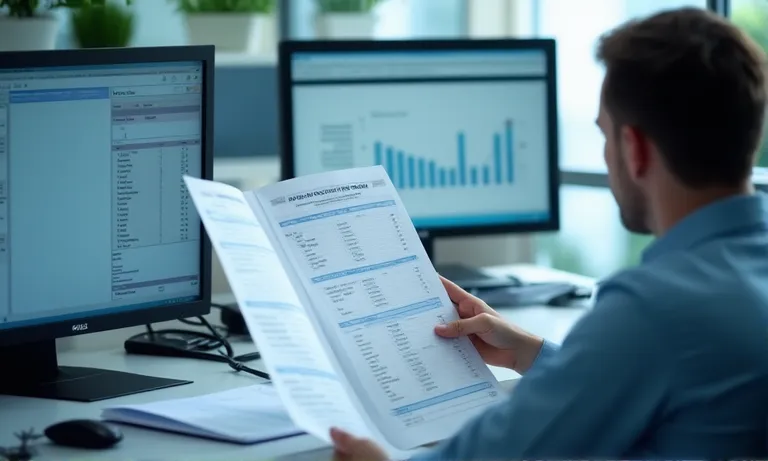
Dental-Lab-Workflow-Readiness-Evaluation
Does the lab offer workflow documentation or visual flowcharts?
Well-prepared labs can explain their end-to-end process with diagrams, SOP manuals, or real-time dashboards—indicating operational maturity.
- Visual flowcharts: Case flow maps covering intake, design, QC, shipping, and remake handling.
- Role-mapping documents: Who owns what at each stage—technician roles, case coordinators, revision paths.
- Contingency protocols: Written policies for rush handling, remake approvals, or scan file failure responses.
Labs unable to provide structured documentation may lack internal standardization—raising long-term risks for DSO partnerships.
Is there a pilot program to test process alignment?
A pilot run is the most effective way to validate operational fit before signing volume commitments.
Typical pilot program steps:
- Sample case set: Submit a defined case mix (e.g., 3 crowns, 2 implants, 1 temp) for test production.
- Submission protocol simulation: Use the same intake files, timelines, and notes as real production.
- Response and triage time tracking: Measure how fast the lab clarifies, confirms, and initiates production.
- Review of fit, finish, and timelines: Evaluate result quality and shipping consistency.
A well-managed pilot reveals not only technical skill but also coordination habits and communication responsiveness.
What specific questions should procurement teams ask?
Key operational questions reveal whether the lab is process-driven or improvisational. These apply to all lab types—from small outfits to scaled export operations.
- What is your standard intake verification process?
- How do you handle remakes, and what’s your historical remake rate?
- Do you have digital validation systems in place?
- Who will be our account contact and escalation path?
- Can you provide SLA examples or client-side performance metrics?
Pre-onboarding evaluations help clinics avoid:
- Onboarding delays
- Coordination breakdowns
- Misaligned expectations post-launch
What collaboration tools enable scaling across multiple clinics or users?
To support growing DSOs and multi-site clinics, a dental lab must offer collaboration tools that centralize case management, provide real-time updates, and ensure efficient queue handling under increasing volume. Without scalable systems, even a technically skilled lab may become a bottleneck as networks grow.
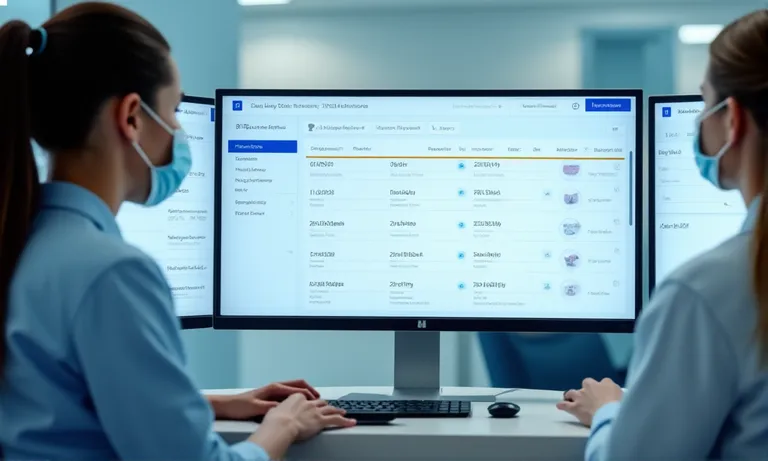
Dental-Lab-Multi-Clinic-Collaboration-System
Can multiple locations access a unified case dashboard?
Unified dashboards allow geographically distributed teams to track cases, share notes, and view turnaround progress in real time—without internal email chains or platform confusion.
- Multi-user, multi-location logins: Staff at each clinic location can log in with their own access credentials and permissions.
- Case tagging by location or clinician: Each case can be labeled by origin site or user for easier tracking and analytics.
- Shared view of production status: The dashboard displays design phase, QC stage, shipping status, and ETA for all clinics in one interface.
According to Dental Group Practice magazine, DSOs with unified dashboards report 23% faster case coordination across locations.
Are there real-time status updates or notifications?
Timely, automated updates eliminate guesswork and reduce the need for follow-up emails or calls—especially in fast-moving clinical environments.
- Push notifications: Alerts for case receipt, design approval, required clarification, and shipment.
- Case status change logs: Every change is timestamped and viewable per case ID.
- Role-based notification settings: Lab techs, coordinators, and clinicians can receive customized alerts based on their responsibilities.
Labs that offer app-based or email-integrated alerts enhance visibility while maintaining workflow continuity across departments.
How does the lab manage case queues when volumes increase?
As volume scales, queue management becomes critical to prevent production jams and delayed delivery windows. Labs must implement mechanisms to prioritize and organize incoming cases efficiently.
Queue management framework:
- Volume-based routing: High-volume clients (e.g., DSOs) have dedicated lanes with fixed turnaround commitments.
- Tiered urgency flags: Cases tagged as “standard,” “rush,” or “overnight” enter appropriate workflow paths.
- Automated workload balancing: Internal algorithms reassign cases to available design/QC staff based on workload levels.
These systems allow labs to remain responsive and predictable—even during peak periods or when onboarding new clinic branches.
Scalable collaboration tools must offer:
- Centralized visibility
- Notification automation
- Intelligent workload distribution
How should urgent or time-sensitive cases be handled in global workflows?
To handle urgent dental cases effectively across global workflows, a lab must offer clear rush protocols, manage communication across time zones, and provide production flexibility—especially for time-sensitive restorations. Without this, urgent requests can derail timelines or compromise quality.
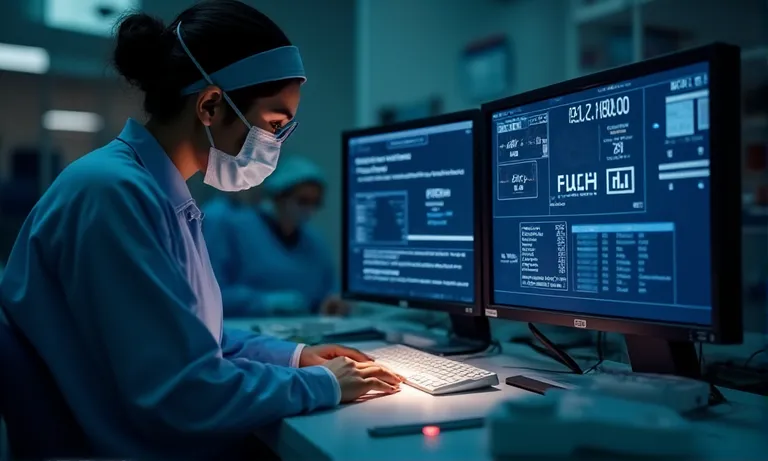
Dental-Lab-Rush-Case-Night-Shift
Are there defined protocols for rush cases or re-prioritization?
Labs must distinguish between routine and urgent workflows—and have predefined response paths to handle time-sensitive cases reliably.
- Rush submission flagging: Clients can tag cases as “rush” at submission, triggering accelerated triage.
- Capacity check + confirmation: The lab quickly confirms if same-day or 24h delivery is feasible based on current workload.
- Fast-track design + QC lanes: Rush jobs are routed through dedicated personnel and priority equipment.
Labs that lack structured rush lanes often resort to reactive juggling—resulting in higher error rates or delivery delays.
How is communication managed across different time zones?
Global workflows demand a lab team that understands time-sensitive communication across client geographies.
- Cross-timezone account coverage: Clients from North America, Europe, and Oceania each have dedicated coordinators to respond during their local business hours.
- Auto-reply + escalation paths: If messages arrive outside lab hours, structured replies offer next steps or escalation options.
- Shared UTC timestamp system: Cases are tracked using coordinated timestamps to avoid confusion across borders.
A clear timezone strategy prevents “email ping-pong” delays and builds confidence in round-the-clock collaboration.
Can the lab accommodate weekend or after-hours production?
Some urgent restorations—like temp bridges for Monday surgeries—require production during off-hours. Labs that can extend shifts offer valuable agility.
- Night shift coverage: Technicians or digital designers are scheduled for late shifts to catch international submission spikes.
- Weekend prep units: Partial weekend operations for design-only or 3D print stages enable Monday shipping.
- Client coordination rules: Clients must follow defined timelines for submitting weekend-bound rush cases (e.g., before Friday 5 PM GMT+8).
Labs must balance responsiveness with sustainable workload. Clearly defined cutoff times and transparent rush surcharges maintain feasibility.
✅ Labs with rush protocols and timezone coverage improve urgent case handling – TRUE
This ensures reliability across time zones, reduces delays, and enhances service quality for time-sensitive restorations.
❌ All dental labs can handle urgent cases anytime if requested – FALSE
Without defined paths and capacity control, ad hoc rushes often fail or compromise case integrity.
Efficient outsourcing to an overseas dental lab depends on structured workflows, digital integration, and proactive communication. Labs that offer standardized intake processes, digital compatibility, and scalable collaboration tools enable smoother case handling and faster turnaround times.
By aligning on these workflow fundamentals, dental clinics and DSOs can reduce rework, improve delivery consistency, and build long-term, scalable partnerships with their lab.


